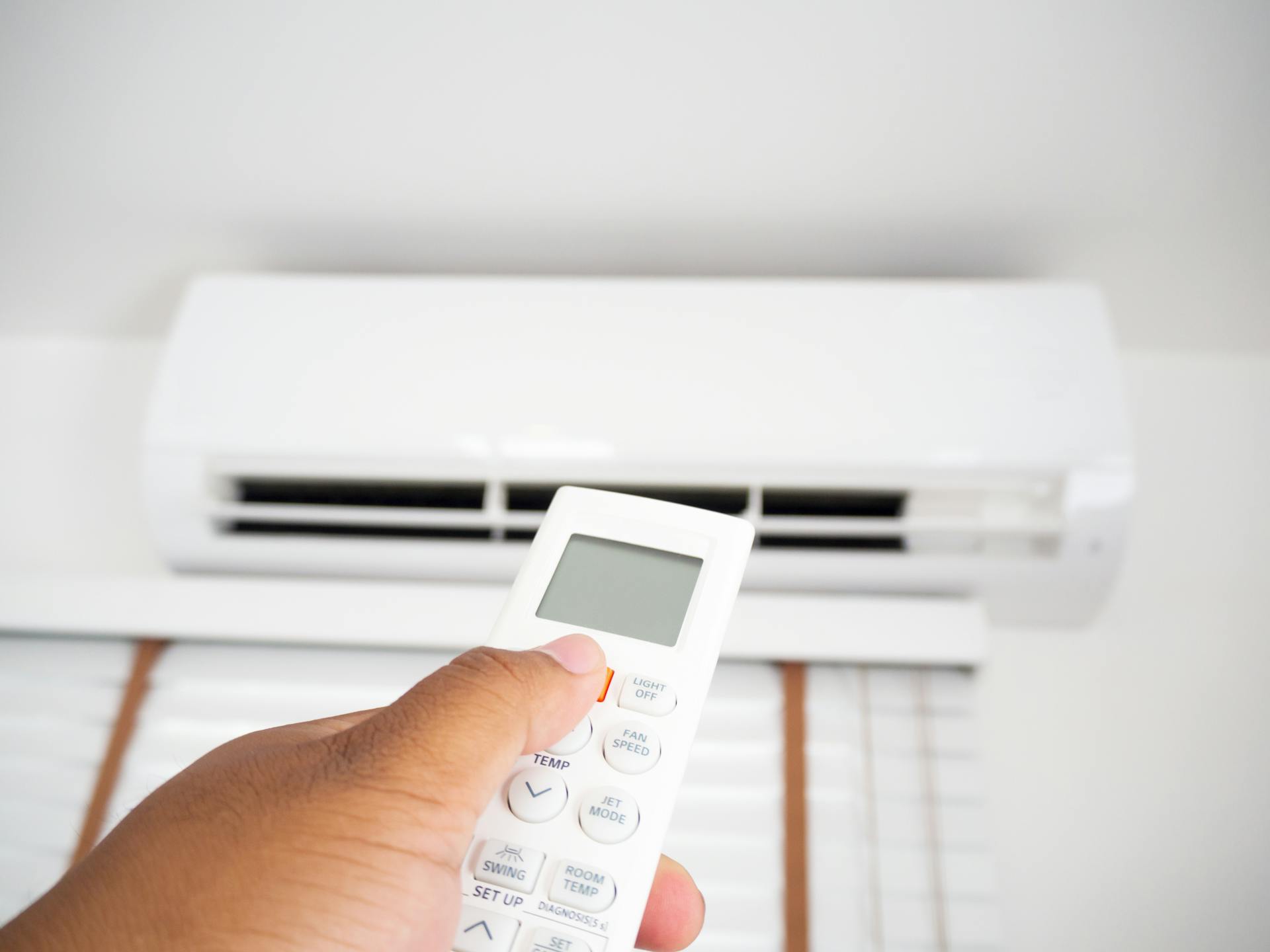Cooling Technology Shaping the Future of Ductless Air Conditioners
The landscape of home cooling is undergoing a remarkable transformation, with ductless air conditioners leading the way in innovation. These compact yet powerful systems are redefining comfort through advanced technology that eliminates the need for extensive ductwork while delivering exceptional climate control. As energy efficiency becomes increasingly important to homeowners and businesses alike, ductless systems are evolving with cutting-edge features that optimize performance while minimizing environmental impact. The latest advancements in cooling technology are not just improving current models but completely reshaping what we can expect from the next generation of ductless air conditioners.

How Ductless Air Conditioners Are Revolutionizing Home Cooling
Ductless air conditioners, also known as mini-split systems, operate on a fundamentally different principle than traditional central air systems. They consist of an outdoor compressor unit connected to one or more indoor air-handling units by a conduit housing refrigerant lines and power cables. This configuration eliminates the need for bulky ductwork, making installation simpler and more flexible. The system allows for zoned cooling, meaning different rooms can be maintained at different temperatures simultaneously, eliminating the inefficiency of cooling unused spaces. With whisper-quiet operation and sleek designs, modern ductless units blend seamlessly into home interiors while providing precise temperature control exactly where needed.
Energy-Efficient Systems Transforming Utility Costs
The energy efficiency of ductless air conditioners represents one of their most significant advantages in today’s environmentally conscious market. Unlike traditional ducted systems that can lose up to 30% of energy through leaky ducts, ductless systems deliver conditioned air directly to targeted zones. Many contemporary models feature inverter-driven compressors that adjust their speed to maintain desired temperatures rather than cycling on and off, resulting in substantial energy savings. SEER (Seasonal Energy Efficiency Ratio) ratings for premium ductless units now regularly exceed 20, with some models reaching up to 30—significantly higher than the minimum standards for central air systems. This translates to lower monthly utility bills and reduced carbon footprints for homeowners who make the switch.
Portable Air Conditioners vs. Ductless Systems
While both portable and ductless air conditioners offer installation flexibility compared to central systems, they differ significantly in performance and efficiency. Portable units function as self-contained systems that exhaust hot air through a window vent, making them easily movable between rooms. However, they typically offer lower cooling capacity and efficiency compared to ductless systems. Ductless air conditioners provide permanent installation with superior cooling power, quieter operation, and significantly higher energy efficiency ratings. Though portable units have lower upfront costs, ductless systems deliver better long-term value through energy savings and superior performance. The technology gap continues to widen as ductless systems incorporate advanced features like multi-zone control and smart connectivity that portable units cannot match.
Cooling Technology Advancements Driving Innovation
The cooling technology behind today’s ductless air conditioners continues to evolve at a remarkable pace. Variable-speed compressors represent one of the most impactful innovations, allowing systems to run at exactly the capacity needed rather than simply turning on and off. This provides more consistent temperatures and reduces energy consumption. Refrigerant advancements are equally important, with manufacturers transitioning to options with lower global warming potential without sacrificing performance. Smart sensors that detect room occupancy and adjust cooling accordingly help minimize waste, while improved air filtration systems remove allergens and pollutants with unprecedented efficiency. Heat pump technology has also advanced significantly, allowing many ductless systems to provide highly efficient heating during colder months—effectively functioning as complete climate control solutions year-round.
Smart Integration and Connectivity Features
The modern ductless air conditioner has evolved beyond simple temperature control to become an integral part of the connected home ecosystem. Today’s premium systems feature Wi-Fi connectivity that allows users to monitor and adjust settings remotely via smartphone apps. Many models now support integration with popular smart home platforms like Amazon Alexa, Google Assistant, and Apple HomeKit, enabling voice-controlled operation and automation capabilities. Advanced systems can learn user preferences over time, automatically adjusting to optimize comfort while minimizing energy use. Some manufacturers have introduced predictive maintenance features that alert homeowners to potential issues before they cause system failures, while others offer detailed energy consumption tracking to help users identify opportunities for additional savings.
Comparative Analysis of Leading Ductless Air Conditioning Systems
The market for ductless air conditioners has expanded significantly, with numerous manufacturers offering systems with varying features, efficiency ratings, and price points. When evaluating options, considering factors like energy efficiency, cooling capacity, noise levels, and smart features becomes essential for making an informed decision.
| System Model | SEER Rating | BTU Range | Key Features | Price Range |
|---|---|---|---|---|
| Mitsubishi Mini-Split | 20-26 | 6,000-54,000 | 3D i-see Sensor, Hyper-Heating, Wi-Fi control | $1,800-$5,500 |
| Daikin Fit | 18-20 | 9,000-24,000 | Compact outdoor unit, Wifi control, Aluminum coils | $1,600-$4,000 |
| Fujitsu Halcyon | 21-33 | 9,000-48,000 | Human sensor technology, Apple HomeKit integration | $1,700-$5,000 |
| LG Art Cool | 20-28 | 9,000-36,000 | Stylish panel designs, 4-way swing, Low ambient operation | $1,500-$4,200 |
| Samsung WindFree | 21.5-23 | 9,000-36,000 | Micro-hole design for draft-free cooling, AI operation | $1,700-$4,800 |
Prices, rates, or cost estimates mentioned in this article are based on the latest available information but may change over time. Independent research is advised before making financial decisions.
The future of ductless air conditioners looks promising as manufacturers continue to push the boundaries of what these systems can achieve. Ongoing developments in compressor technology, refrigerant formulations, and smart controls will likely yield even greater efficiency gains while reducing environmental impact. As climate change concerns drive stricter energy regulations worldwide, ductless systems are well-positioned to meet and exceed evolving standards. The integration of artificial intelligence for predictive climate control and system optimization represents the next frontier, potentially revolutionizing how we think about indoor comfort. With their combination of installation flexibility, zoned cooling capabilities, and industry-leading efficiency, ductless air conditioners have firmly established themselves as the cooling technology of the future.




